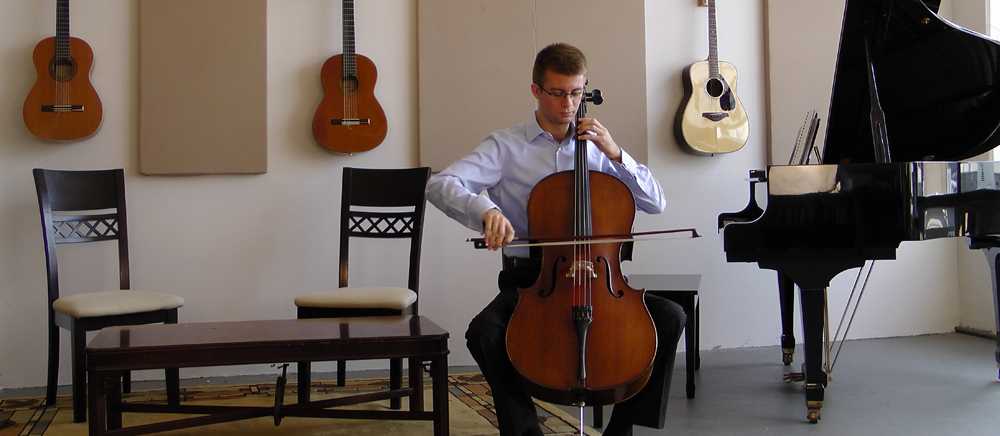Choosing the right Repertoire to Study for Cello

Choosing the right repertoire to study in your cello lessons is extremely important in the development of a cellist’s technique and musicianship. The challenges arise from carefully balancing the demands of the piece according to the student’s strengths and weaknesses.
By choosing a piece that offers significant and well-rounded challenges while also playing upon certain strengths can push a student forward very efficiently. Here I will try and offer some advice for choosing repertoire for students of all skill levels, and how to work through much of the technical challenges that one encounters in a new piece.
Getting started
First, to touch briefly on method books for young and beginning students, I always recommend the Essential Elements books for strings, as they move in a very clear and organized manner, complete with diagrams, pictures and methods for connecting what happens on the page to what happens on the instrument. Once the method books have been worked through (other good study books include the Dotzaurer Studies and the S. Lee Studies) it is important to start choosing pieces from the standard repertoire, for their compositional features and demands that will be encountered on a regular basis in future playing.
For continuing students who are beginning to demonstrate a command and understanding of both hands, the Breval Sonata in C major is a great piece to use what has been learned in the method and study books. William Henry Squire’s Tarantella is another piece that poses some particular challenges while also very enjoyable to study and perform.
Further, the Suzuki method books are very good to use for their collection of pieces that are shorter, and that also contain abbreviated versions of standard pieces for beginning students to study.
For advancing students, pieces like Camille Saint Saens’ Allegro Appassionato are good because they begin to explore some higher positions as well as thumb position, and is a piece that one can come back to often. The Faure Elegie and Saint Saens’ The Swan are also very enjoyable pieces to study and continue to develop technique with. The next logical step is to introduce the concerto, beginning with Haydn C major or perhaps Saint Saens Concerto No. 1 in A minor, and to supplement this work with coinciding etudes, particularly the Popper etudes.
As with most technical challenges, it is important to focus on particular problem solving skills, including taking passages out and fixing them before playing them in context.
Repertoire work is particularly good for this reason, as it can be approached as a large number of studies that each offer their own unique challenges, while still belonging to a well-constructed piece of music.
Related


Andrew
